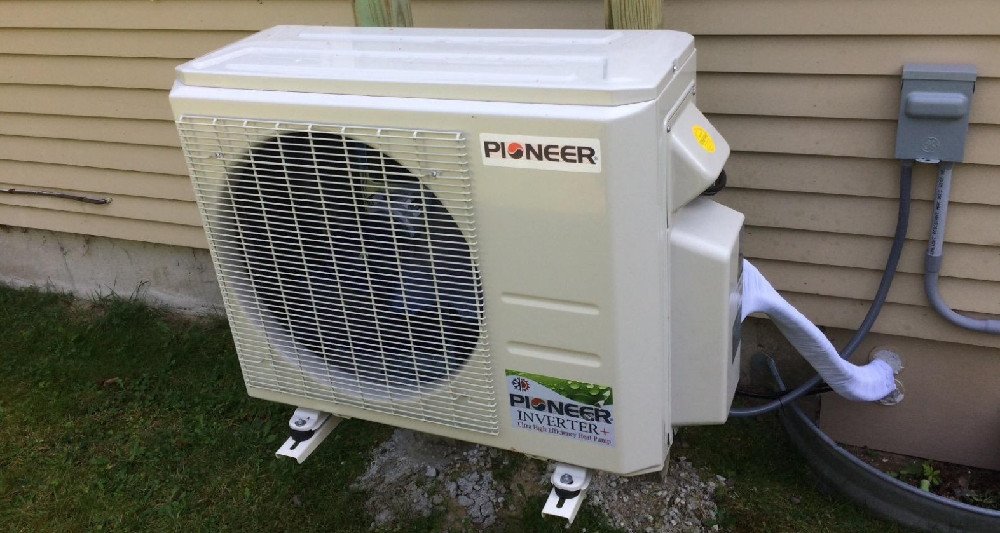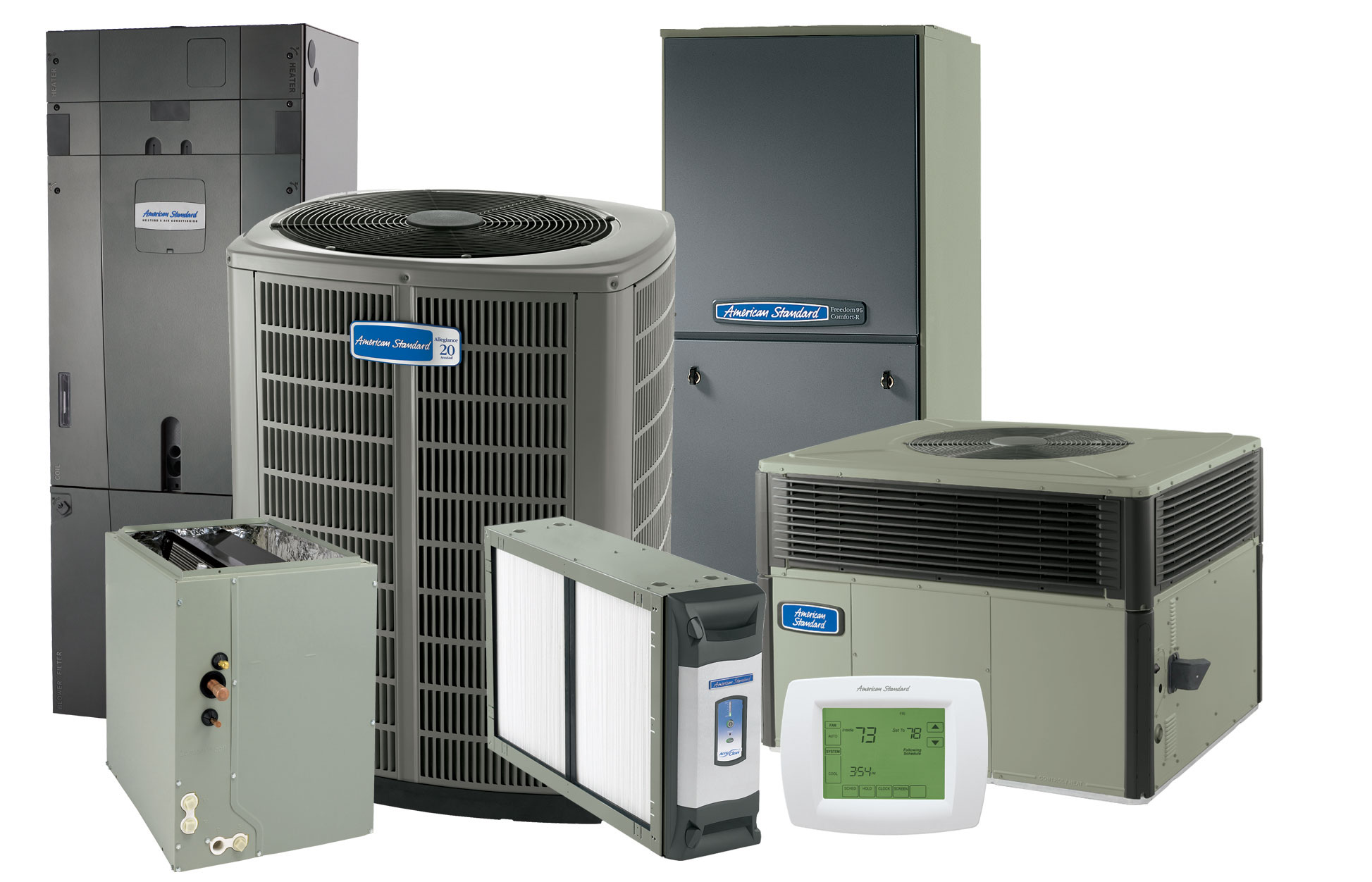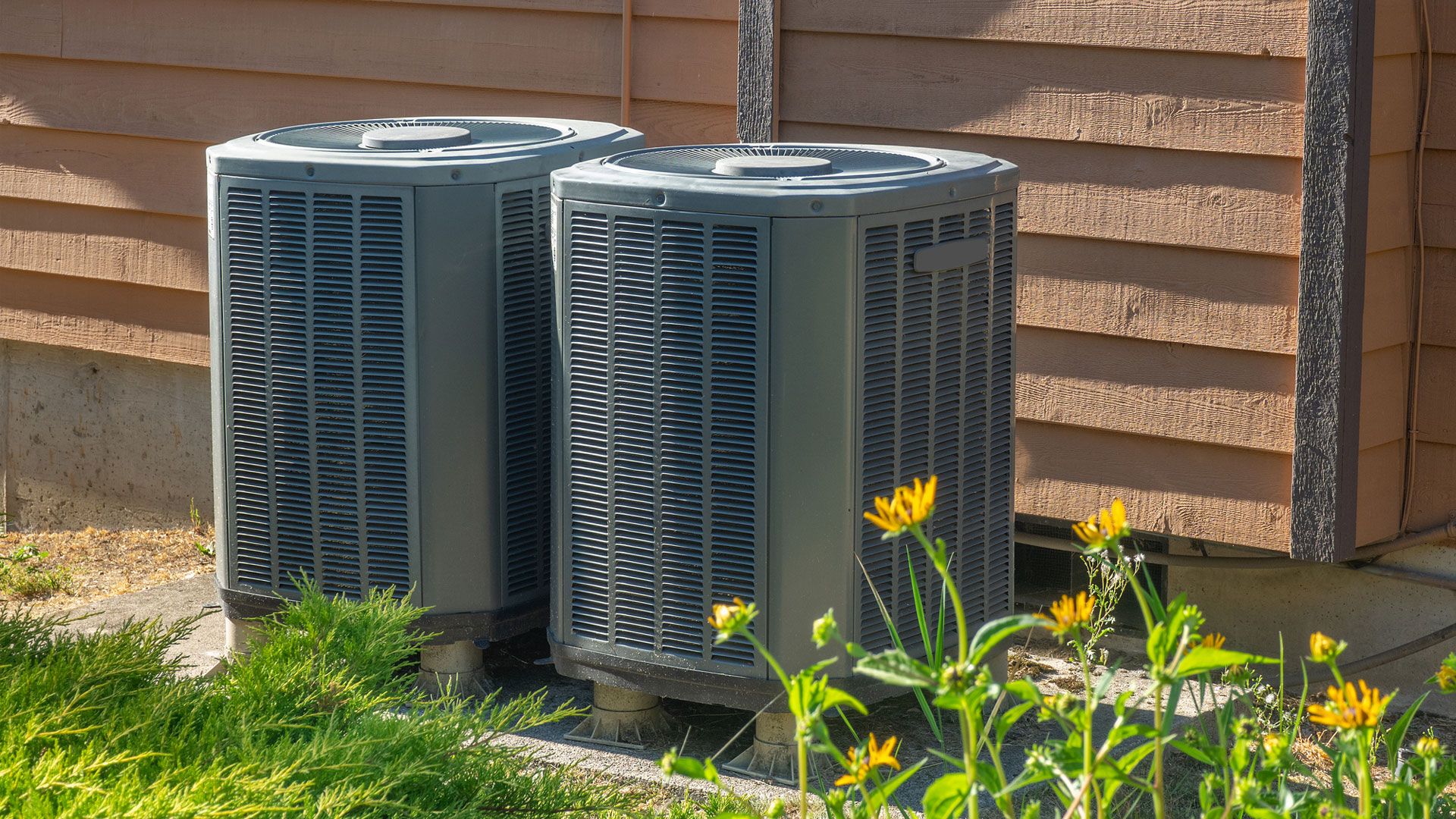Best Home Heating And Cooling Units
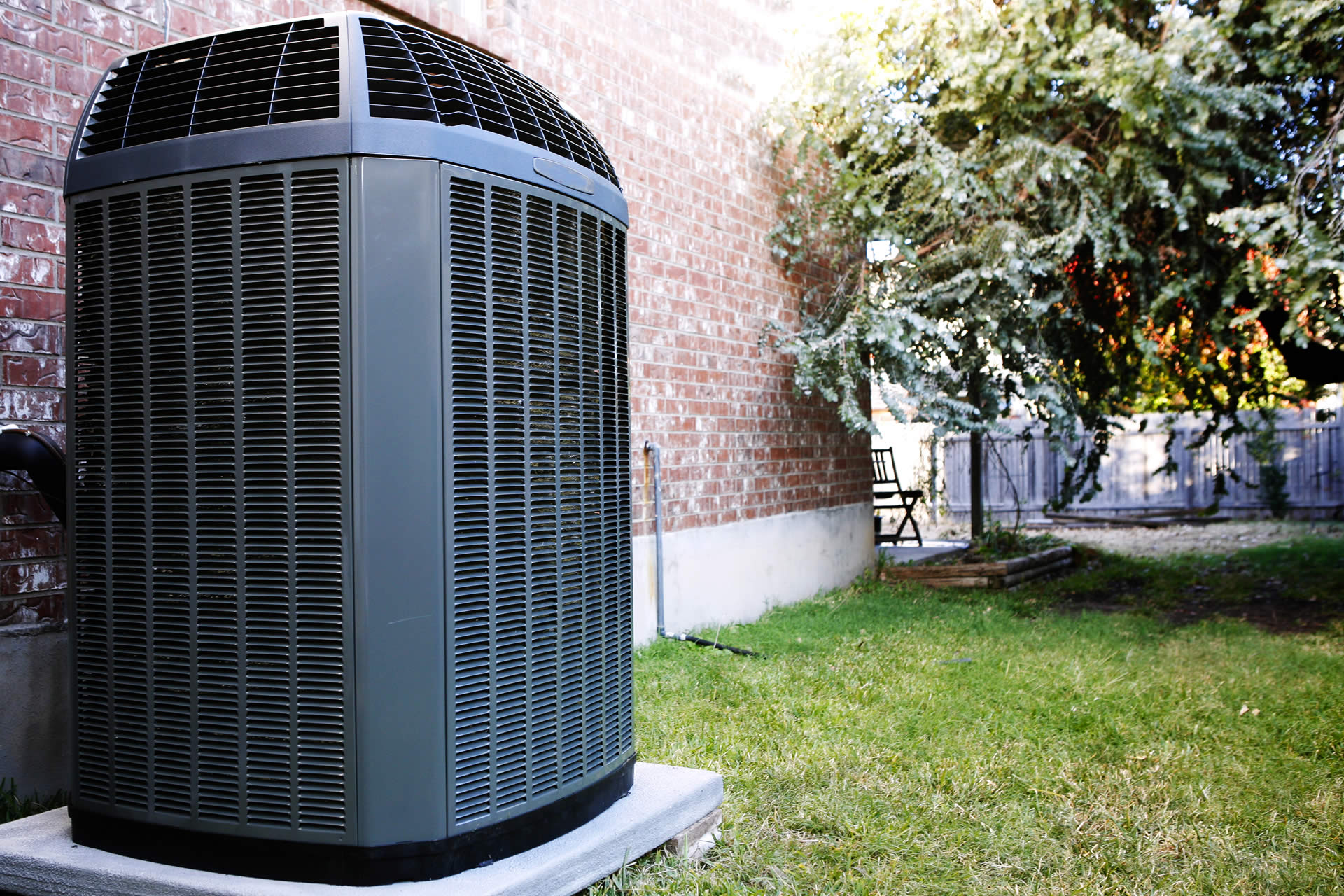
Choosing the Best Home Heating and Cooling Units: A Comprehensive Guide
Selecting the right heating and cooling system for your home or building is a significant investment that impacts comfort, energy bills, and indoor air quality. This guide explores various HVAC options, offering insights for homeowners, technicians, and facility managers alike.
Understanding Your Heating and Cooling Needs
Before diving into specific units, it's crucial to assess your individual needs. Key factors include:
- Climate: Geographic location significantly influences heating and cooling demands. Colder climates require robust heating systems, while warmer climates prioritize efficient cooling.
- Home Size and Layout: The square footage and layout of your home dictate the size and type of HVAC system required. A multi-story home, for instance, may benefit from zoning systems.
- Insulation: Proper insulation reduces heat loss in winter and heat gain in summer, lowering energy consumption. Ensure your home is adequately insulated before upgrading your HVAC system.
- Budget: HVAC systems range in price, from basic window units to complex geothermal systems. Determine your budget and prioritize features accordingly.
- Energy Efficiency Goals: High-efficiency systems can save money on energy bills over the long term. Consider models with high SEER and HSPF ratings.
Types of Heating Systems
Several heating options are available, each with its advantages and disadvantages.
Furnaces
Furnaces are a common heating solution, using natural gas, propane, or electricity to heat air. They distribute warm air through ductwork. Key considerations include:
- Fuel Type: Natural gas is generally the most cost-effective fuel source, but propane and electricity are alternatives where natural gas isn't available.
- AFUE (Annual Fuel Utilization Efficiency): AFUE measures a furnace's efficiency in converting fuel to heat. Higher AFUE ratings indicate greater efficiency. Look for Energy Star certified models. Energy Star products typically exceed minimum efficiency standards.
- Single-Stage vs. Two-Stage vs. Modulating: Single-stage furnaces operate at a fixed speed, while two-stage furnaces offer two speed settings for improved comfort and efficiency. Modulating furnaces adjust their output continuously for optimal performance and fuel economy.
Example: A 95% AFUE natural gas furnace converts 95% of its fuel into usable heat, wasting only 5%. This is a significant improvement over older furnaces with lower AFUE ratings.
Heat Pumps
Heat pumps transfer heat from one location to another. In winter, they extract heat from the outside air and transfer it inside. In summer, they reverse the process, removing heat from the inside and releasing it outside. Key considerations include:
- HSPF (Heating Season Performance Factor): HSPF measures a heat pump's heating efficiency. Higher HSPF ratings indicate greater efficiency.
- SEER (Seasonal Energy Efficiency Ratio): SEER measures a heat pump's cooling efficiency. Higher SEER ratings indicate greater efficiency.
- Climate Considerations: Heat pumps are most effective in moderate climates. In extremely cold climates, supplemental heating may be required.
- Types: Air-source heat pumps are the most common type, while geothermal heat pumps offer superior efficiency but require a higher upfront investment.
Example: A geothermal heat pump extracts heat from the ground, which maintains a relatively constant temperature year-round. This makes them significantly more efficient than air-source heat pumps, especially in colder climates.
Boilers
Boilers heat water, which is then circulated through radiators or baseboard heaters to warm the home. Key considerations include:
- Fuel Type: Boilers can use natural gas, propane, oil, or electricity.
- AFUE: Similar to furnaces, AFUE measures a boiler's efficiency.
- Radiant Heat: Boilers provide radiant heat, which is often perceived as more comfortable than forced air heat.
Example: A modern condensing boiler captures waste heat from the exhaust gases, further increasing efficiency. These boilers often achieve AFUE ratings above 90%.
Electric Resistance Heating
Electric resistance heating, such as space heaters and electric baseboard heaters, converts electricity directly into heat. While relatively inexpensive to install, they are generally the least efficient heating option. Key considerations include:
- Cost: Electricity is typically more expensive than natural gas or propane.
- Zoning: Electric baseboard heaters allow for individual room temperature control.
- Supplementation: Often used as supplemental heating in areas where other heating systems are insufficient.
Types of Cooling Systems
Effective cooling is essential for comfort in warmer climates. Here's an overview of common cooling systems.
Central Air Conditioners
Central air conditioners cool air and distribute it through ductwork. Key considerations include:
- SEER: Higher SEER ratings indicate greater cooling efficiency.
- Tonnage: The size of the air conditioner should be appropriate for the size of the home. Oversized units can short-cycle, leading to poor dehumidification and increased energy consumption. Undersized units may struggle to cool the home adequately. A qualified HVAC technician can perform a Manual J load calculation to determine the correct size.
- Refrigerant: Modern air conditioners use refrigerants that are less harmful to the environment. R-410A is a common refrigerant.
Example: A 3-ton air conditioner is designed to remove 36,000 BTUs (British Thermal Units) of heat per hour. This size is typically suitable for homes between 1,500 and 2,000 square feet, but this can vary greatly depending on insulation, window efficiency, and other factors.
Ductless Mini-Split Systems
Ductless mini-split systems consist of an outdoor compressor/condenser unit and one or more indoor air handlers. They offer zoning capabilities and are ideal for homes without ductwork or for adding cooling to specific areas. Key considerations include:
- Installation: Requires professional installation, including refrigerant line connections and electrical wiring.
- Efficiency: Many mini-split systems offer high SEER ratings.
- Flexibility: Allows for individual room temperature control.
Example: A homeowner adding a sunroom might choose a mini-split system to provide dedicated cooling without the need to extend existing ductwork.
Window Air Conditioners
Window air conditioners are self-contained units that cool a single room. They are relatively inexpensive and easy to install. Key considerations include:
- Room Size: Choose a unit with the appropriate BTU rating for the size of the room.
- Noise: Some window air conditioners can be noisy.
- Security: Ensure the unit is securely installed to prevent theft.
Evaporative Coolers (Swamp Coolers)
Evaporative coolers cool air by evaporating water. They are most effective in dry climates. Key considerations include:
- Climate: Ineffective in humid climates.
- Water Supply: Requires a continuous water supply.
- Maintenance: Requires regular cleaning and maintenance to prevent mold and mildew growth.
Combined Heating and Cooling Systems
Some systems provide both heating and cooling capabilities.
Heat Pumps (Reviewed Above)
As mentioned earlier, heat pumps provide both heating and cooling. They are a versatile option for moderate climates.
Packaged Units
Packaged units combine all HVAC components into a single outdoor unit. They are often used in commercial buildings or homes with limited indoor space. Key considerations include:
- Space Saving: Conserves indoor space.
- Installation: Requires professional installation.
- Maintenance: Requires regular maintenance to ensure optimal performance.
Additional Considerations
Beyond the type of system, consider these factors:
- Indoor Air Quality: Consider air purifiers, humidifiers, and dehumidifiers to improve indoor air quality.
- Smart Thermostats: Smart thermostats allow for remote control and energy savings.
- Professional Installation: Proper installation is crucial for optimal performance and longevity. Choose a qualified HVAC contractor.
- Maintenance: Regular maintenance, including filter changes and coil cleaning, can extend the life of your HVAC system and improve efficiency.
Cost, Efficiency, and Lifespan Comparison
Here's a general comparison of different HVAC systems:
| System Type | Typical Cost (Installed) | Typical Efficiency | Typical Lifespan |
|---|---|---|---|
| Furnace (Gas) | $4,000 - $10,000 | 80-98% AFUE | 15-20 years |
| Heat Pump (Air-Source) | $4,000 - $12,000 | 14-20 SEER, 8-10 HSPF | 10-15 years |
| Heat Pump (Geothermal) | $15,000 - $30,000 | 20-40 SEER, 10-15 HSPF | 20-25 years |
| Boiler | $5,000 - $12,000 | 80-95% AFUE | 15-25 years |
| Central Air Conditioner | $3,000 - $8,000 | 13-25 SEER | 10-15 years |
| Ductless Mini-Split | $3,000 - $10,000 (per zone) | 16-28 SEER | 15-20 years |
Note: These are general estimates. Actual costs, efficiency, and lifespan can vary depending on the specific model, installation factors, and maintenance practices.
By carefully considering your needs, budget, and the various options available, you can choose the best heating and cooling units for your home or building, ensuring comfort, energy efficiency, and long-term cost savings.
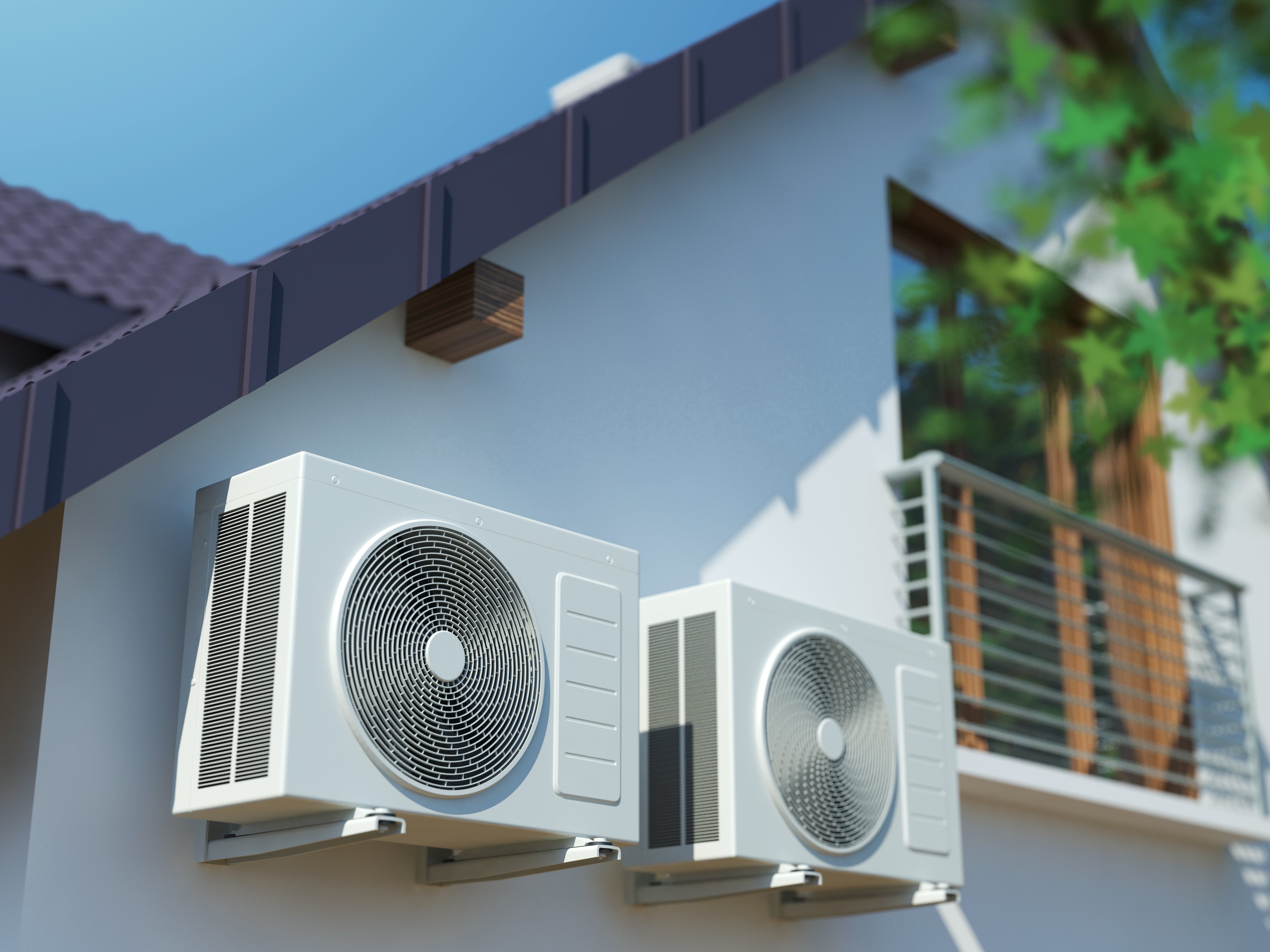
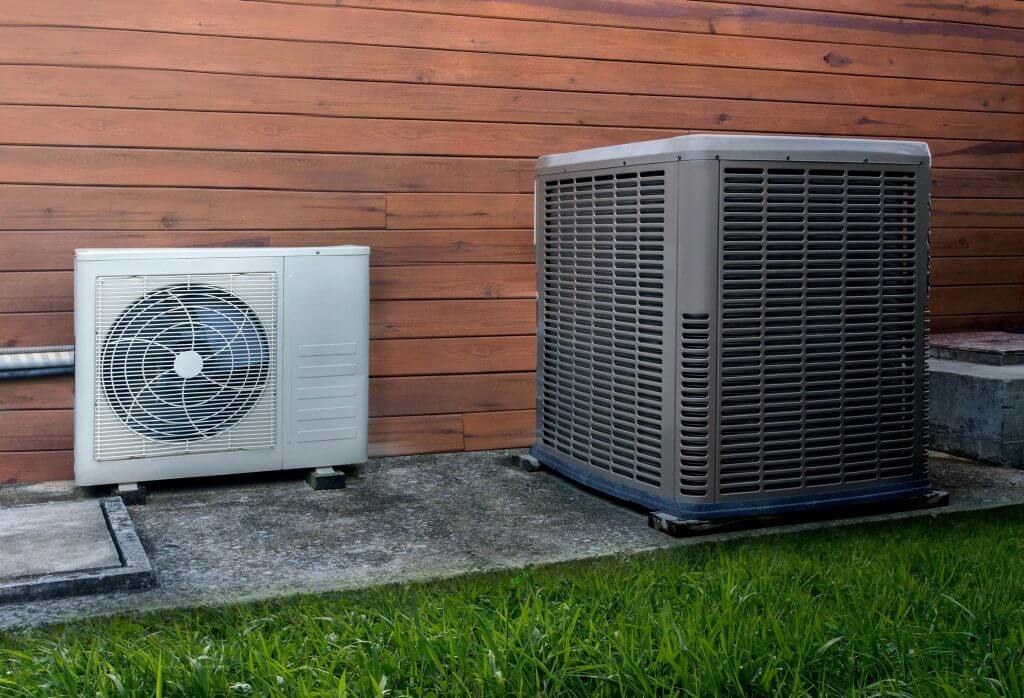

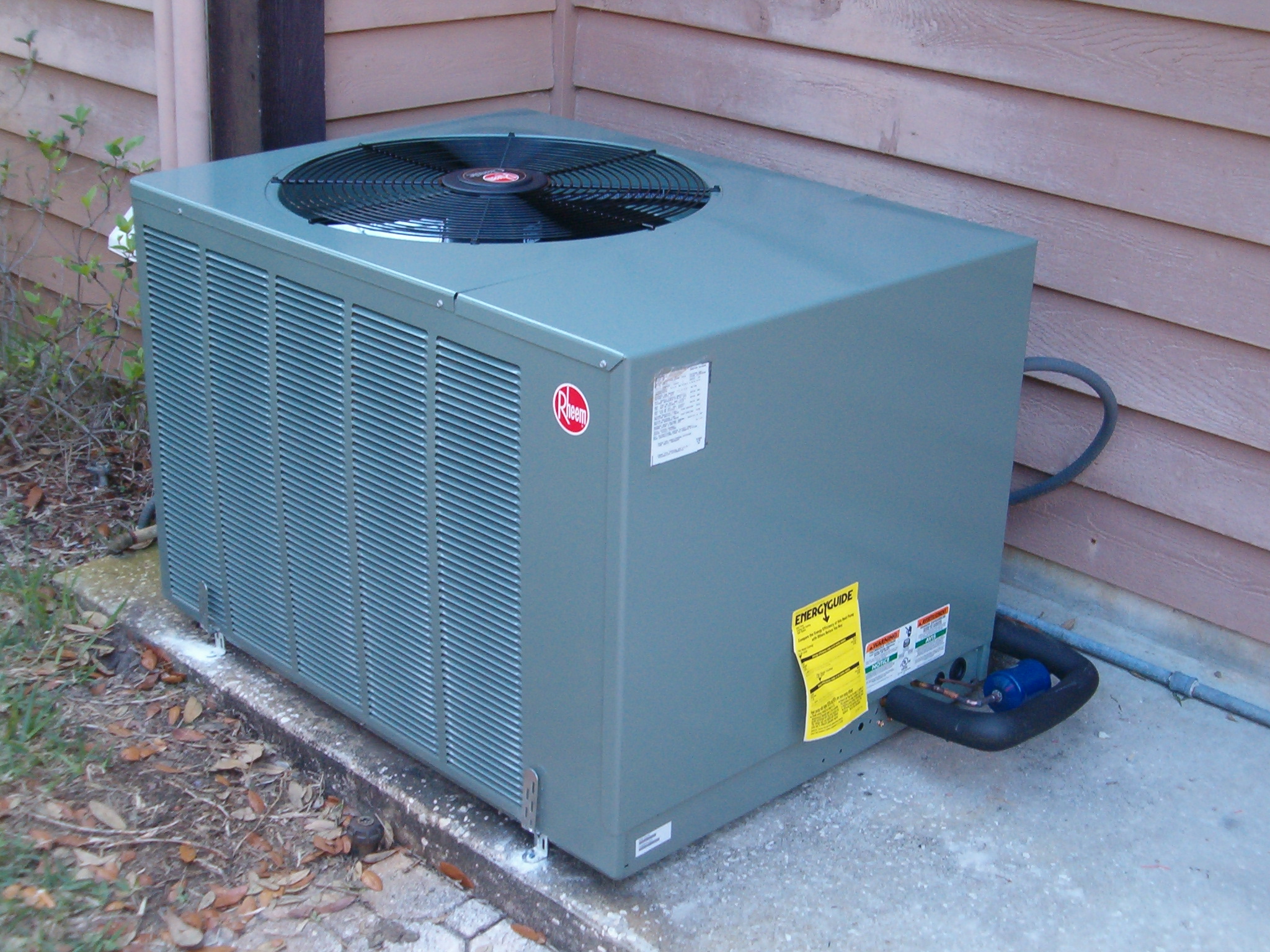
/residential-air-conditioning-units-556557331-580f81385f9b58564cee1e11.jpg)
